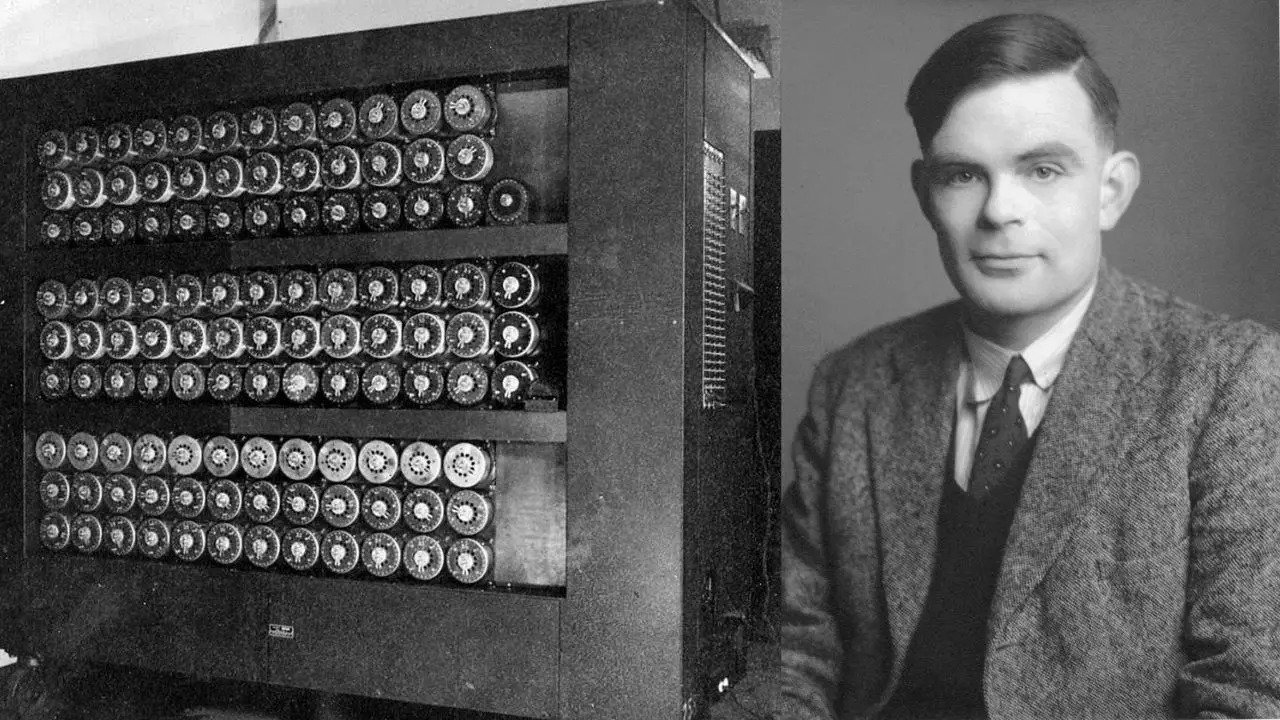
This post was originally published on Filosofía en la Red. It has been translated as part of the APA Blog’s ongoing collaboration with Filosofía en la Red.
The APA Blog is committed to amplifying underrepresented voices in philosophy. If you or someone you know has research that the APA community should know about, send us a pitch.
The process of dying is a complex phenomenon that involves biological, psychological, and philosophical aspects. Understanding this process is not only crucial to improve palliative care and pain management at the end of life, but also to address the philosophical and ethical implications that arise in this context. Death involves a range of physiological changes, from a decline of vital functions to biological death. Comprehending these changes can improve palliative care and pain management at the end of life[1].
Clinical death is defined by the cessation of cardiac and respiratory function, where there is no pulse or blood pressure, and organs begin to fail due to lack of oxygen[2]. This is the first observable indication that the body has stopped functioning as a cohesive whole. Biological death occurs when cells and tissues in the body begin to break down. This includes processes such as rigor mortis─which is the stiffening of the body, occurring several hours after death─[3], and livor mortis, the discoloration of the skin due to the accumulation of blood in the lower parts of the body[4]. These changes result from cellular degradation and loss of integrity of cell membranes[5]. Related to this, brain death is defined as the irreversible cessation of all brain functions, defined by medical standards that include the absence of brain stem reflexes and the lack of electrical activity in the brain[6]; this state is considered legal death in many countries and has important implications for organ donation[7].
Philosophical reflections on dying
Philosophy offers diverse perspectives on the meaning of dying. From existentialism[8], death is seen as an integral part of life that gives meaning to our existence[9]. According to Martin Heidegger, the anticipation of death can lead to a more authentic life[10]. By facing one’s own finitude, one can live more genuinely and purposefully. On the other hand, nihilist Friedrich Nietzsche suggests that death can lead to a nihilistic view of life, where existence lacks inherent purpose[11]. However, Nietzsche also sees the acceptance of death as a way of affirming life and finding meaning in the personal creation of values[12]. Epicurus, for his part, argued that the fear of death is irrational since when death comes, we do not exist to experience it[13]. According to Epicurus, pain and pleasure are the only things that matter, and death is not an experience[14]. This view contrasts with the Heidegger one, who in Being and Time argues that anticipating death can lead to a more authentic life[15]. By facing one’s own finitude, one can live more genuinely and with purpose.
In addition to these perspectives, it is important to consider the implications of memory and the legacy we leave behind. Contemporary philosopher Derek Parfit[16] has argued that personal identity is not what really matters in survival but rather psychological continuity and relevant connections that are maintained over time[17]. This leads to reflection on how our actions and decisions, especially at the end of life, affect others and the memories we leave behind.
Ethical implications of the end of life
Handling death has important ethical implications, especially in medical practice. For example, the ethics of end-of-life care focuses on issues of autonomy, beneficence, and justice. As well, the ethics of palliative care focuses on alleviating suffering and improving quality of life at the end of existence, according to the principles of beneficence and nonmaleficence[18]; this type of care seeks to provide relief from pain and other distressing symptoms while respecting the dignity and autonomy of the patient[19].
Ethical philosophy debates the morality of allowing individuals to choose to die to avoid suffering, in which the principles of autonomy, beneficence, and non-maleficence are central[20]. In consequence, euthanasia and assisted suicide raise difficult questions about the right of individuals to decide about their own death and the role of health professionals in facilitating this decision. This is why end-of-life medical practice involves making difficult decisions that deeply affect patients and their families.
In medical practice, respecting patients’ decisions about their own end-of-life care is critical. This includes respecting patients’ wishes regarding aggressive treatments and the ability to refuse medical interventions. Patient autonomy is based on the principle that individuals have the right to make informed decisions about their own health[21]. Physicians must balance the obligation to relieve suffering─beneficence─with the obligation of not causing harm─nonmaleficence. This is particularly relevant for the administration of palliative treatments and for making decisions about prolonging life. Providing pain relief without causing unnecessary harm is a key ethical challenge in medical practice[22]. Furthermore, the equitable distribution of medical resources is an important ethical consideration. All patients should have access to palliative care and end-of-life support, regardless of their economic or social status. Justice in health care involves ensuring that all individuals receive fair and equitable treatment[23].
The process of dying is a phenomenon that touches all dimensions of human experience. By integrating medical physiology and philosophy, we can gain a more complete and nuanced understanding of the process of dying. Physiology provides us with detailed insight into biological mechanisms, while philosophy invites us to reflect on the meaning and ethical implications of death. Together, these disciplines can better inform medical practice, helping health professionals provide more compassionate and ethical care at the end of life.
[1] Guyton, A. C. & Hall, J. E. (2016). Textbook of Medical Physiology (13th ed.). Elsevier.
[2] Trueba, J. (2007). Clinical death: a diagnosis and a testimony. Anales del Sistema Sanitario de Navarra, 30, 57-70. http://scielo.isciii.es/scielo.php?script=sci_arttext&pid=S1137-66272007000600005&lng=es.
[3] Rigor mortis is a phenomenon that begins immediately after the death of the animal and during this stage, the muscle goes from a relaxed state to a rigid and inflexible one, because the energy reserves present in it have been exhausted. Cfr. Gornik, S. G., Albalata, A., Atkinson, R. J. A. & Neil, D. M. (2009). Biochemical investigations into the absence of rigor mortis in Norway lobster (Nephrops norvegicus). Journal of Experimental Marine Biology and Ecology, 373(1), 58-65.
[4] Livor mortis, cadaveric lividity or post-mortem lividity (from Latin livor, lividity and mortis, genitive of death —”of death”), is one of the recognizable signs of death and is characterized by a reddish-purple coloration of parts of the body due to an accumulation of blood in those areas. It does not occur if these parts are in contact with a rigid surface due to the compression of the capillaries against it. Cfr. Wikipedia (2024). Livor mortis. https://en.wikipedia.org/wiki/Livor_mortis
[5] Kumar, V., Abbas, A. K. & Aster, J.C. (2017). Robbins and Cotran Pathologic Basis of Disease (9th ed.). Elsevier.
[6] Wijdicks, E. F. (2001). The diagnosis of brain death. New England Journal of Medicine, 344(16), 1215-1221.
[7] Wijdicks, E. F. (2001). The diagnosis of brain death. New England Journal of Medicine, 344(16), 1215-1221.
[8] Sartre, J. P. (1943). Being and Nothingness. Gallimard.
[9] Heidegger, M. (1927). Being and Time. Trotta Publishing House.
[10] Heidegger, M. (1927). Being and Time. Trotta Publishing House.
[11] Nietzsche, F. (1887). The Genealogy of Morality. Alianza Editorial.
[12] Nietzsche, F. (1887). The Genealogy of Morality. Alianza Editorial.
[13] Epicurus. (1994). Letters and maxims (A. Giglioni, Ed.). Gredos.
[14] Epicurus. (1994). Letters and maxims (A. Giglioni, Ed.). Gredos.
[15] Heidegger, M. (1927). Being and Time. Trotta Publishing House.
[16] Parfit, D. (1984). Reasons and Persons. Oxford University Press.
[17] Parfit, D. (1984). Reasons and Persons. Oxford University Press.
[18] Siurana, J. (2010). The principles of bioethics and the emergence of an intercultural bioethics. Veritas, (22), 121-157. https://dx.doi.org/10.4067/S0718-92732010000100006
[19] Beauchamp, T., & Childress, J. (2013). Principles of Biomedical Ethics (7th ed.). Oxford University Press.
[20] Beauchamp, T., & Childress, J. (2013). Principles of Biomedical Ethics (7th ed.). Oxford University Press.
[21]Cassell, E.J. (1982). The nature of suffering and the goals of medicine. New England Journal of Medicine, 306(11), 639-645.
[22] Daniels, N. (2008). Just Health: Meeting Health Needs Fairly. Cambridge University Press.
[23]Daniels, N. (2008). Just Health: Meeting Health Needs Fairly. Cambridge University Press.
The post The Process of Dying: Physiology and Philosophy of The End of Life first appeared on Blog of the APA.
Read the full article which is published on APA Online (external link)





